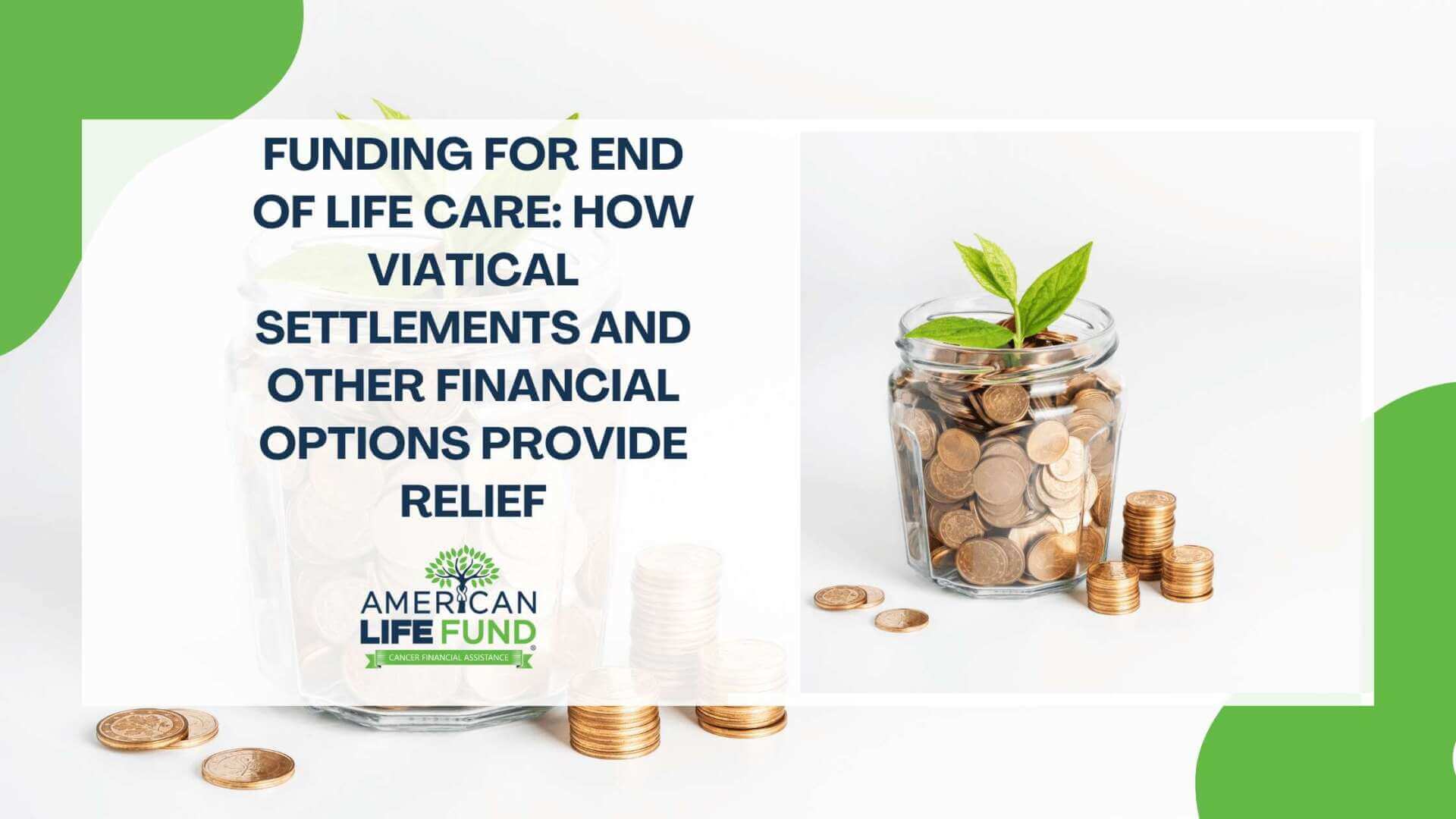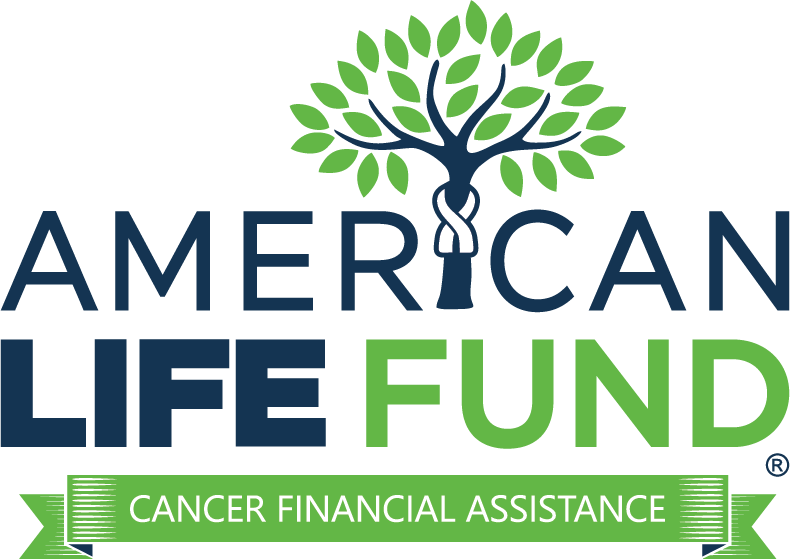
End-of-life care is a deeply emotional and challenging time for both patients and their families. Beyond the emotional burden, the financial costs of caring for a loved one with a serious illness can feel overwhelming. Whether it’s hospice care or palliative care, the expenses can add up quickly. Fortunately, there are several funding solutions available to ease these challenges.
Supporting your loved one’s comfort while managing the costs can be difficult, but there are options. From Medicare hospice benefits to charitable grants, many programs exist to make sure that patients receive care without adding unnecessary financial strain. In this guide, we will explore these options to help you find the best fit for your family during this difficult time.
The Cost of Palliative Care
End-of-life care presents financial and emotional challenges for families. It may seem insensitive but shopping around for the right trade off between care and price makes an enormous difference for some families.
According to studies from the University of Pennsylvania and JAMA, the costs of care in the U.S. are comparable to those in European countries. For patients in their final month of life, the average hospital stay can cost around $32,379, while hospice care averages $17,845 per month.
Hospice care, though often more affordable than hospital care, can still be expensive depending on the services needed. While some hospice services may be free, many patients require ongoing support, adding to the costs. Home-based care can offer more flexibility, but families should consider additional expenses like medical equipment and transportation. Professional live-in care can range from $1,200 to $2,500 per week, providing personalized support and companionship.
#1: Viatical Settlements – Unlocking Life Insurance for Immediate Needs
When facing a life-limiting illness, many patients and their families look for ways to ease the financial strain while focusing on quality care. One option to consider is a viatical settlement. This allows patients with a serious illness to sell their life insurance policy to a viatical company for a lump sum, cash payment.. These funds can help cover hospice care, medical bills, or other necessary living expenses, bringing peace of mind during a difficult time.
Viatical settlements typically provide a large portion of the policy’s value, up to 70% in some cases, depending on the terms and the patient’s condition. This immediate cash can be used to enhance the patient experience and improve care quality in their remaining time.
For more information on how viatical settlements work, the team at American Life Fund can guide you through the process.
#2: Medicare Hospice Benefit – A Government Support Program
For patients who meet criteria, the Medicare Hospice Benefit provides support for end-of-life care. This program covers a wide range of hospice services, from nursing care and medications to medical equipment, ensuring that patients receive care in the comfort of their home or a hospice setting.
To be eligible, patients must have a life threatening illness with a prognosis of six months or less, certified by their physician. The benefit helps families deal with the costs associated with hospice programs, offering relief from financial stress while focusing on what matters most: spending meaningful time with loved ones.
Coverage: Medicare typically covers 100% of hospice-related costs, including services like doctor visits, nursing care, medical equipment (hospital beds, wheelchairs), medications for symptom management, social services, grief counseling, and spiritual care.
- Out-of-pocket costs: There may be small co-pays, such as a $5 co-pay for prescription drugs related to symptom control and 5% of the Medicare-approved cost for respite care (temporary relief for family caregivers). Respite care stays are usually covered for up to 5 days at a time.
According to the National Hospice and Palliative Care Organization, more than 90% of hospice patients in the U.S. benefit from Medicare’s support. Families are encouraged to explore the options and resources available through Medicare to ensure their loved one receives the best possible care during this time.
#3: Medicaid for Low-Income Patients – Affordable Care for Vulnerable Populations
For those in low-income areas, Medicaid offers an important lifeline for accessing hospice and palliative care services. Medicaid covers many of the same hospice services as Medicare, including nursing care, medication, and medical equipment, ensuring that patients receive the necessary support regardless of their financial situation. This program is especially valuable for families who may struggle to cover end-of-life expenses.
Eligibility for Medicaid varies by state, but it generally supports patients with limited income or resources. By providing access to high-quality care, Medicaid helps alleviate financial burdens, allowing families to focus on providing comfort and companionship during their loved one’s final days.
Coverage: Medicaid typically covers most of the same services as Medicare, including nursing, medical equipment, medication, and home health aides. Some states may also offer expanded coverage, such as additional personal care services.
- In some states, Medicaid offers additional palliative care services even for patients who are not terminally ill, though this varies by state.
If you believe Medicaid could be an option for your family, it’s important to reach out to your state’s Medicaid office or a professional who can guide you through the application process.
#4: Private Insurance – Leveraging Health Insurance Plans for Hospice Coverage
Many families rely on private insurance plans to cover the costs of hospice care. While benefits vary between policies, private insurance often provides coverage for hospice services, including nursing care, medications, and palliative support. To guarantee your family receives the full benefit of this coverage, it’s important to review your policy and consult with your insurance provider about what services are included.
Hospice Care Coverage:
- In-network hospice care is generally covered by private insurance plans, with many offering similar benefits to Medicare. This often includes nursing care, pain management, home health aides, medical equipment, and counseling services.
- Co-pays and co-insurance: For in-network providers, the co-pay or co-insurance for hospice services is often low or even zero. However, if the provider is out-of-network, costs can increase significantly, and co-insurance might range from 10% to 50% of the total cost of care, depending on the plan.
- Deductibles: Patients will usually need to meet their deductible before insurance begins covering hospice care. Typical annual deductibles range from $1,000 to $5,000.
Palliative Care (Non-hospice):
- Doctor visits and consultations: Private insurance generally covers consultations with palliative care specialists, but co-pays for these visits can range from $20 to $50 for in-network providers. Out-of-network consultations may be significantly higher, with co-pays or co-insurance reaching 20-40% of the total cost.
- Hospital stays and treatments: If palliative care involves hospitalization or specific treatments like chemotherapy or radiation, private insurance will cover some of these costs, but patients might face co-insurance rates of 20-30% after meeting their deductible. Hospital co-pays for in-network care can range from $200 to $500 per day, depending on the policy.
Prescription Medications:
- Medications for pain management are often covered, but co-pays can vary depending on the drug tier. Generic drugs might cost $10-$20, while brand-name medications could have co-pays of $40-$100. Some plans may require patients to pay a percentage of the cost (e.g., 20% co-insurance), especially for higher-tier or specialty medications.
Out-of-Pocket Maximum:
- Most private insurance plans have an annual out-of-pocket maximum, typically ranging from $6,000 to $10,000 for individual plans, after which the insurance covers 100% of allowable expenses for the remainder of the year. Once this cap is reached, the financial burden of end-of-life care can be significantly reduced.
Patients and families should contact their insurance companies directly to clarify details like out-of-pocket costs and covered services. By understanding your policy’s specifics, you can better plan for care that supports your loved one’s comfort and well-being.
#5: Grants and Charitable Organizations – Additional Financial Aid Opportunities
For families facing financial challenges during end-of-life care, grants and charitable organizations can provide much-needed relief. Various foundations, such as the National Hospice Foundation and disease-specific organizations like the American Cancer Society, offer financial assistance to cover hospice care and related expenses. These grants can help patients access the care they need without the added worry of financial strain.
In addition to grants, some family members turn to local hospice programs, fundraising efforts, or community-based support services, especially in rural communities where resources may be limited. These initiatives can play a major role in making sure that every patient, regardless of their location or financial situation, can receive quality care.
If you’re seeking additional funding sources, it may be helpful to explore grant requests from reputable organizations or connect with community resources that focus on improving care for patients during this sensitive time.
American Life Fund has compiled a big list of organizations and associations that offer financial assistance to those dealing with serious illness.
#6: Home Equity Loans or Reverse Mortgages – Leveraging Assets for Financial Support
Home equity loans and reverse mortgages are financial options that families often consider to help cover the costs of end-of-life care, including hospice and palliative services. These options allow homeowners to leverage the value of their property for immediate financial support.
Home Equity Loans:
- What It Is: A home equity loan lets you borrow against the equity in your home. You receive a lump sum that can be used to cover expenses such as medical bills, hospice care, or home-based palliative services.
- Repayment: The loan must be repaid over a fixed term, typically 5 to 30 years, with interest. Payments start immediately and are fixed for the duration of the loan.
- Costs: Interest rates on home equity loans can range from 4% to 9%, depending on your credit score, loan amount, and lender. Closing costs typically range from 2% to 5% of the loan amount, though some lenders may offer no-closing-cost options.
- Risks: Because this is a secured loan, failure to make payments could result in foreclosure. Home equity loans are best suited for families who are confident in their ability to manage monthly repayments.
Reverse Mortgages:
- What It Is: A reverse mortgage allows homeowners aged 62 and older to convert part of their home’s equity into cash without having to sell the home or make monthly payments. The loan is repaid when the homeowner sells the home, moves out permanently, or passes away.
- Payouts: The amount you can borrow depends on factors such as your age, home value, and interest rates. Typically, homeowners can borrow between 40% and 60% of their home’s value.
- Costs: Reverse mortgages often come with higher fees and closing costs compared to traditional home equity loans. These can include an origination fee (up to $6,000), mortgage insurance premiums (around 2% upfront and 0.5% annually), and servicing fees.
- Repayment: No monthly payments are required. The loan is repaid from the sale of the home when the borrower no longer lives there. If the sale price is higher than the loan balance, any remaining equity goes to the homeowner or their heirs.
- Risks: While reverse mortgages can provide financial relief, the loan balance increases over time as interest accrues. Heirs may inherit less equity in the home, and if the home value declines, the loan could exceed its worth.
Home equity loans and reverse mortgages allow families to unlock funding without selling their home. This can help cover the costs of hospice services, from medical care to home-based support, easing the financial stress on families during this time.
Choosing the Right Financial Path for End-of-Life Care
Managing the costs of end-of-life care can be difficult, but several financial options are available to help ease the stress. From viatical settlements and Medicare hospice benefits to grants and charitable organizations, these solutions can provide much-needed support, making sure that your loved one receives the care they need.
The right solution depends on your family’s individual situation. Whether you’re exploring Medicaid for low-income patients, using private insurance, or considering home equity loans, consulting with professionals can help you find the best approach and guide you through the process.
Ultimately, the goal is to provide comfort and dignity for your loved one. By exploring these funding options, families can focus on being there for each other during this important time.
If you’re considering a viatical settlement to ease financial burdens during this difficult time, American Life Fund can help you through the process with compassion and expertise.
Frequently Asked Questions (FAQs)
What financial resources are available for cancer patients during end-of-life care?
Cancer patients may qualify for a variety of financial assistance programs, including viatical settlements, which allow patients to sell their life insurance policy for immediate funds. Organizations like the American Cancer Society and the National Institute of Health offer additional support through grants and funding programs for patients receiving care in both hospitals and community settings.
How can I apply for a viatical settlement to help fund end-of-life care?
If you or a loved one is facing a serious illness, you may qualify for a viatical settlement through companies like American Life Fund. This option allows cancer patients to unlock funds from their life insurance policy, offering financial relief during a challenging time. For more information on how to qualify, visit this page.
What government programs are available for end-of-life care?
Both Medicare and Medicaid offer support for hospice and palliative care services. The Department of Health and Human Services provides information on eligibility and application processes. These programs guarantee that patients, including those in low-income areas, can access care in a variety of settings, such as home care or specialized community settings.




